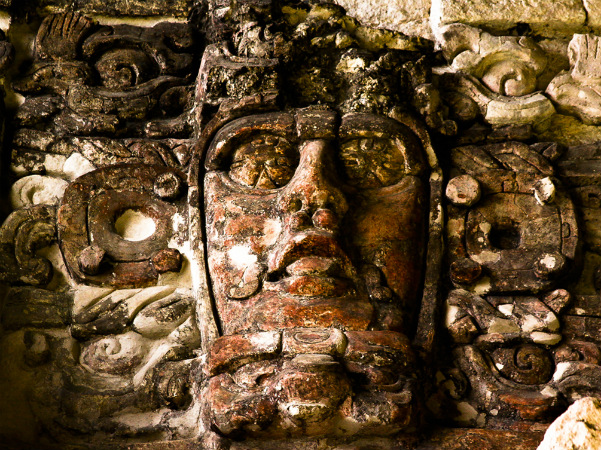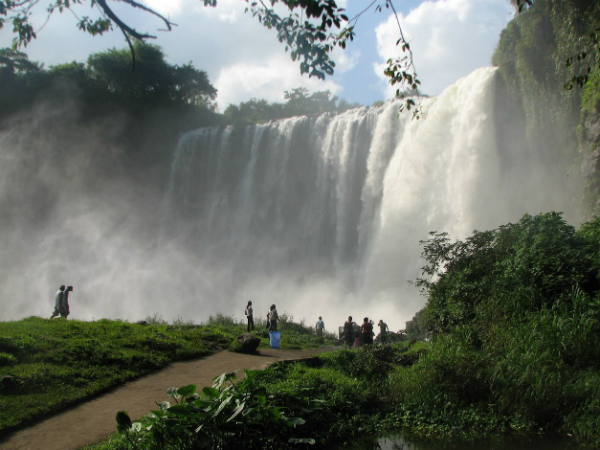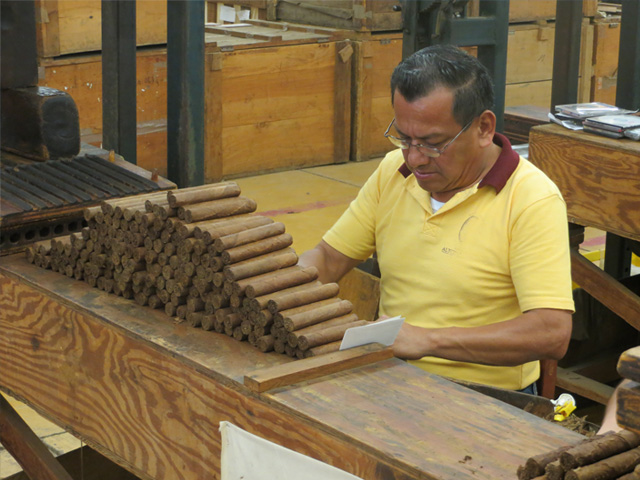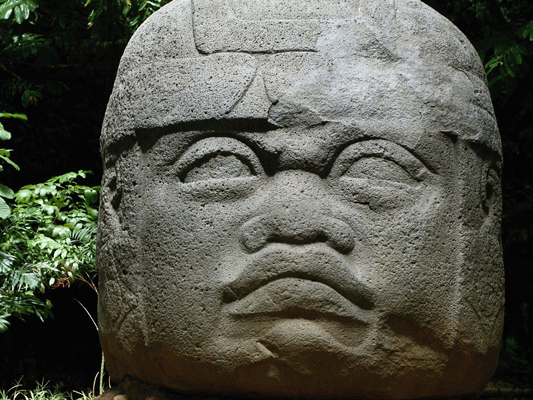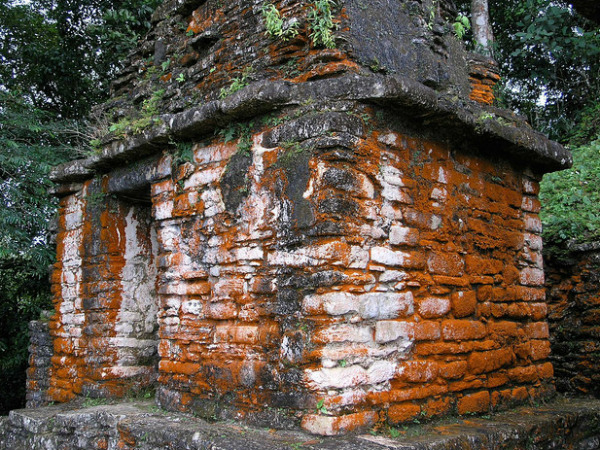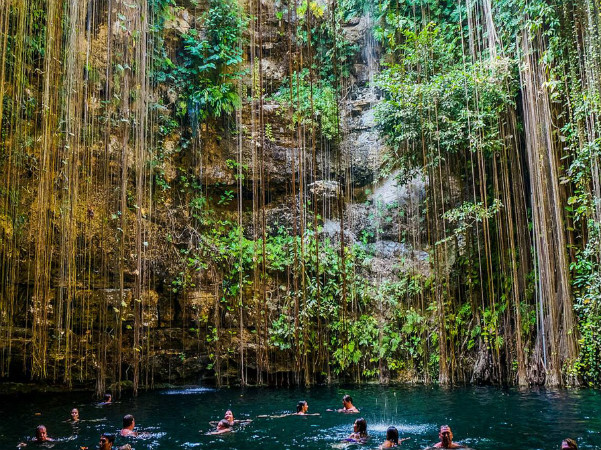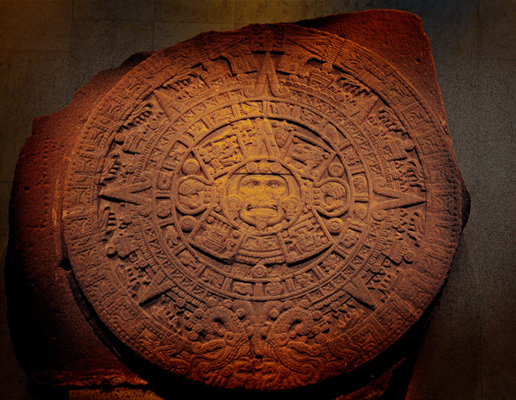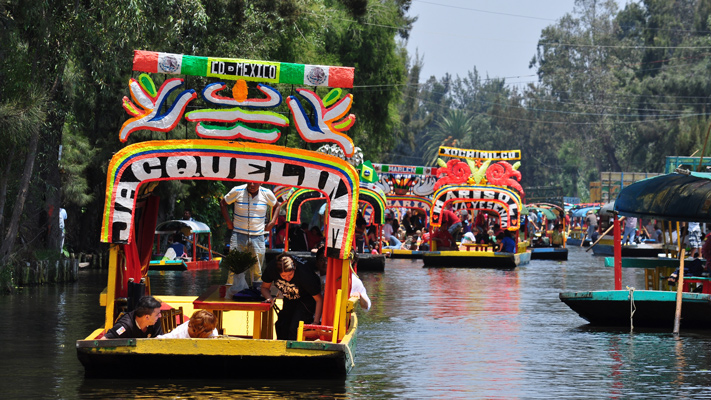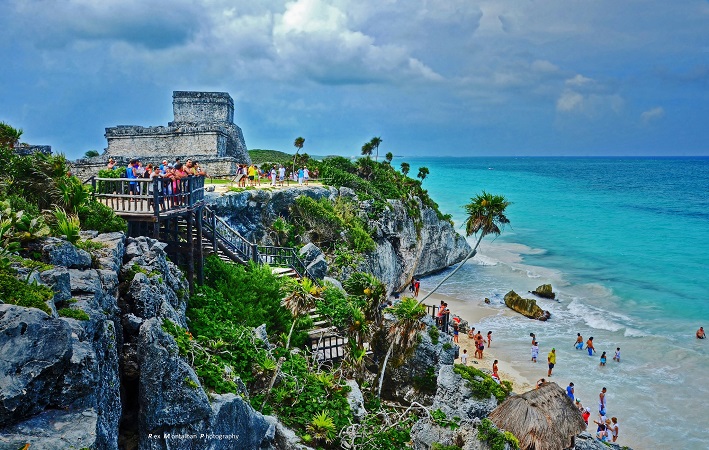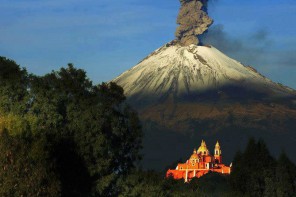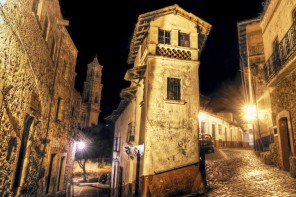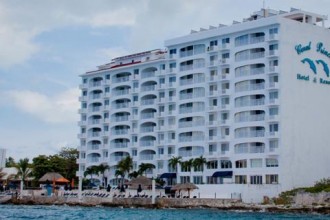Ecoturism, shamanism and history in one circuit.
1st day: Arrival to Mexico City
2nd day: City tour – Teotihuacan pyramids – Museum of Anthropology
Teotihuacan Pyramids is an ancient city full of mysteries and secrets, located 50 km north-east of Mexico City. The most famous features are Pyramids of the Sun and Moon and the Avenue of the Dead.
The Museum of Anthropology is one of the most important museums in Mexico and a quintessential symbol of Mexico City, located in the Chapultepec Park. There is a unique collection of archeological and anthropological objects from the Pre-Columbian era. After browsing the displays, we return to the hotel.
3rd day: Xochimilco – Dolores Olmedo Museum
Xochimilco is a cozy place located 28 km from Mexico City. The so-called “Mexican Venice”, this town does not feature gondolas, rather «trajineras», wooden boats.
Dolores Olmedo Museum is named for a famous businesswoman, philanthropist and musician, friend to the great Mexican artists Diego Rivera and Frida Kahlo. The museum exhibits 137 paintings of Rivera, 24 works of Frida Kahlo and more than 600 ancient exhibits of Pre-Hispanic epoch. Return to hotel in Mexico City.
4th day: Mexico City – 300 km – Tajin – Papantla – 100 km – Costa Esmeralda
Tajin is an archaeological site in the Mexican state of Idalgo. This is a wonderful ancient city whose ruins were discovered by accident. Archeologists stumbled on this wild jungle in the center, finding the greatest known center of Totonac civilization. Let the giant 6-storey Pyramid of the Niches – a ‘live calendar’ – ignite your imagination.
Transfer to the state of Veracruz – one of the most picturesque Mexican states. Papantla is a comfortable city included in the list of “pueblos magicos”. Translated from Nahuatl its name means ‘place of loud birds’. This city literally smells of vanilla, which is cultivated here. You can buy delicious smelling souvenirs made from vanilla leaves. Also famous for the ritual dance ‘Voladores de Papantla’. The ritual consists of dance followed by climbing a 30-meter pole. Having scaled to the top, four dancers launch themselves tied with ropes to gracefully descend to the ground. A fifth dancer remains on top of the pole to play a flute and drum. This ritual represents the Totonacs prayer for rain.
After visiting Papantla we come to the beautiful coast line of the Mexican Gulf – Costa Esmeralda. Relax and enjoy a light ocean breeze. Night in Costa Esmeralda.
5th day: Costa Esmeralda – archaeological site Zempoala – Quiauixtlan – Veracruz
Comfortable archaeological site Zempoala belongs to the classical period of Totonac culture, located when the Old World and New World first met.
This is where the ships of Cortes landed. From this place – Quiauixtlan – the conquest of Mexico begun. The legendary movie “Apocalypse” was filmed here. In the movie you see Indians standing on the cliff of Quiauixtlan, watching strange white people with ‘shooting sticks’ disembark from their trans-atlantic voyage.
Next is Veracruz, a seaport located on the Mexican Gulf. The biggest city of the state, Veracruz has rich musical traditions. Night in Veracruz.
6th day: Veracruz – Cigar Factory – Eyipantla Falls – Catemaco
In the morning, we visit one of the most popular Cigar factories – TE AMO. Specialists report that TE AMO Mexican cigars are even better than Cuban cigars. The export of cigars grows at an exponential rate. You’ll learn the reasons why.
After visiting the factory, we will see another historical place – one of the most beautiful waterfalls – Eyipantla Falls. This waterfall was filmed in one of the shots of the film “Apocalypse”. Transfer to Catemaco – the city of shamans and magicians.
7th day: Catemaco – Boating – Nanciyaga Ecological Reserve – 300 km – Villahermosa
Catemaco is a small town on the shore of the eponymous lake, surrounded by lush virgin jungle with peaked hills reminiscent of ancient Indian pyramids. Shamans, wizards, healers and magicians from across Mexico gather here for their annual convention.
From this place, we travel to Nanciyaga – the most northern point of tropical jungle in the world. The variety of flora and fauna, mineral waters, lake – speaks of a deep harmony with nature. You can participate in a traditional purification ritual. Transfer to Villahermosa, night at the hotel.
8th day: Villahermosa – 268 km – Palenque – Misol Ha – Palenque
Villahermosa is the capital of the state of Tabasco, a transport hub between Mexico City and Cancun.
Transfer to Palenque – ancient Mayan ruins located in the state of Chiapas. You will see one of the most beautiful Mayan ruins full of mysterious constructions and ancient monuments. Temple of the Sun, Temple of the Cross, and Temple of the Inscriptions. The tomb of Pakal II – Mayan emperor of classical period – was unearthed here. You will also visit the waterfall Misol Ha. Return to hotel in Palenque.
9th day: Palenque – 140 km – Bonampak – Welib Ha Waterfall – Palenque
Bonampak is an ancient Mayan city famed for its colorful mural frescos. The name “bonampak” in Mayan means “colored mural” which gave the city its modern name. Here is the jungle of Chiapas we touch the Usumacinta River, a natural border between Mexico and Guatemala.
Welib Ha is a captivating waterfall where you can enjoy amazing views and take a swim. Return to the hotel in Palenque.
10th day: Palenque – 430 km – Archeological zone Kohunlich – 70 km – Chetumal
Early departure. Transfer to Kohunlich – a big city of Mayan civilization. It is suggested the city was a stopping point on the trade route between the South Yucatan peninsula, Campeche, Rio Bec and cities on the east coast and the southern region of El Peten in modern Guatemala and Belize. The ancient city Kohunlich transforms our ideas of Mayan culture; it is unique in its virgin beauty.
Transfer to Chetumal, state capital of Quintana Roo. Formerly Indians settled this city. In ancient times, Chetumal suffered from pirate attacks, but was never colonised by the Spanish. Night in Chetumal.
11th day: Chetumal – Lagoon Bacalar – Tulum – Gran Cenote – Riviera Maya or Cancun
Bacalar is a natural and historical center famous for the fortresses that protected it from pirates. There are archeological monuments of Mayan epoch, and Laguna Bacalar, a famous lake. Tulum was a major Maya port, with access to both land and sea routes, and the only Maya fort located on the coast.
Riviera Maya is a Caribbean coastline that begins at Cancun and ends at the village of Tulum. Incredible beaches, turquoise Caribbean waters, a fresh ocean breeze – here is the pearl of the Mexican coastline. We visit one of the unique karst lakes – cenotes. After swimming, transfer to your hotel in Cancun or Riviera Maya.
- Groups of no more than 16 people
- 5* hotel in Mexico City for every client
- Traditional gifts, drinks, pleasant surprises for clients
- VIP gift upon arrival to Cancun
- Radio guide (for groups more than 10 pax)
- Professional, highly qualified Russian speaking guides
- New transportation, last 3 years model (except Guatemala)
- DVD in the transportation with themed movies in Russian language
- Satellite vehicle tracking system

